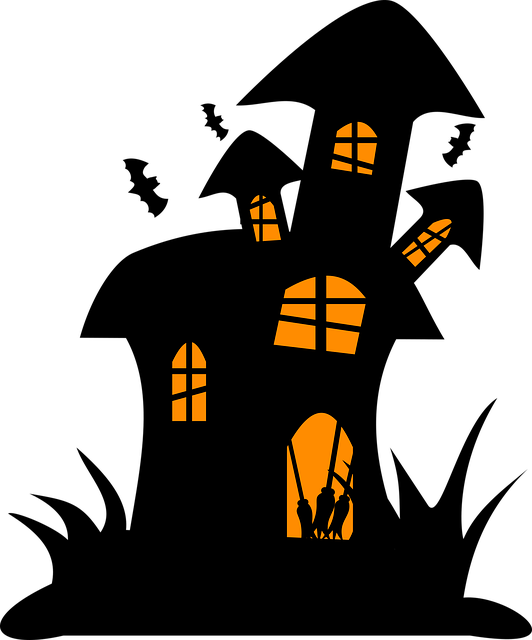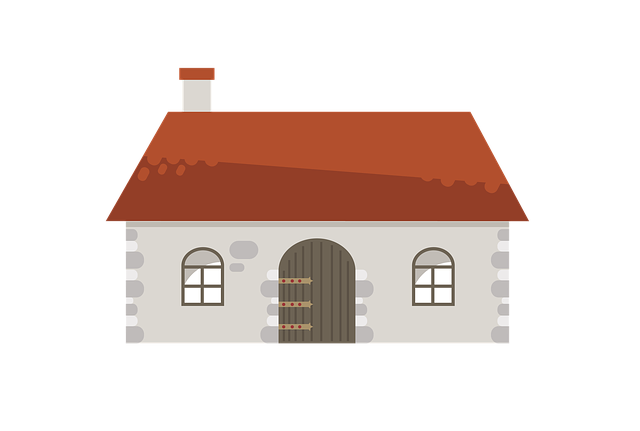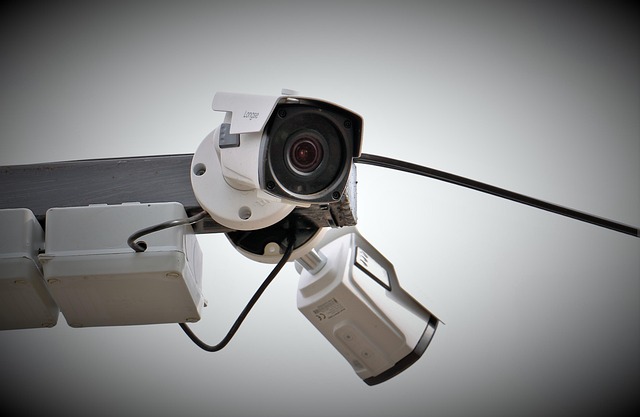Before choosing home surveillance equipment, assess your unique needs based on property size, layout, and specific monitoring requirements. Consider technology comfort level and neighborhood conditions. The right combination of cameras, motion sensors, and devices offers peace of mind and effective surveillance. Select quality equipment with high-definition resolution, wide field of view, and reliable cloud storage for durable monitoring. Strategically install cameras with optimal lighting and angles for comprehensive coverage. Balance security with legal and privacy best practices, adhering to local laws and promoting responsible data use.
“Upgrade your home’s security with expert guidance on choosing the right surveillance equipment. This comprehensive guide navigates your unique surveillance needs, from understanding your property’s blind spots to selecting robust cameras, motion detectors, and more. Learn what features define quality and reliability, ensuring optimal performance through expert installation tips. Additionally, explore legal considerations and privacy best practices for a secure yet responsible home surveillance setup.”
- Understanding Your Home Surveillance Needs
- Types of Surveillance Equipment: Cameras, Motion Detectors & More
- Evaluating Quality and Reliability: What to Look For
- Installation and Setup: Ensuring Optimal Performance
- Legal Considerations and Privacy Best Practices
Understanding Your Home Surveillance Needs

Before selecting any surveillance equipment, it’s crucial to understand your specific home surveillance needs. Consider factors such as the size and layout of your property, areas that require monitoring (e.g., entry points, valuable assets), and your level of comfort with technology. If you live in a bustling neighborhood or have concerns about unauthorized access, you might need more extensive coverage compared to someone in a quieter area.
Understanding your requirements will help guide your choice of cameras, motion sensors, and other devices. For instance, high-definition cameras with night vision might be suitable for dense areas with frequent movement, while wireless options could offer greater flexibility in less densely populated zones. Remember that the right equipment should align seamlessly with your security goals, ensuring peace of mind and effective home surveillance.
Types of Surveillance Equipment: Cameras, Motion Detectors & More

Surveillance equipment has evolved significantly, offering a wide array of options for enhancing home security. At the core of any comprehensive home surveillance system are cameras. These can range from simple, fixed models to advanced, wireless varieties with night vision and motion detection capabilities. Modern cameras also often integrate seamlessly with smart home devices, allowing for real-time monitoring via mobile apps.
Beyond cameras, another critical component is motion detectors. These sensors trigger alerts when any movement is detected in a defined area, providing early warning of potential intruders. Combined with robust cameras, motion detectors form a powerful dual defense mechanism. Additionally, some systems include other features like door and window sensors, glass-break detectors, and even environmental sensors that monitor temperature, humidity, and smoke levels, further enhancing the overall security and safety of your home.
Evaluating Quality and Reliability: What to Look For

When evaluating home surveillance equipment, assessing quality and reliability should be your top priority. Look for products with high-definition video resolution, offering sharp and detailed footage that can capture crucial evidence. The device’s field of view (FOV) is another critical factor; a wider FOV ensures comprehensive coverage of the area you’re monitoring. Moreover, consider models with good low-light performance to ensure clear images even in dimly lit conditions.
Reliability means peace of mind. Opt for surveillance systems with robust construction and weatherproof designs if you’re installing outdoor cameras. Additionally, check for user reviews that highlight the equipment’s durability and longevity. Cloud storage options can also enhance reliability by ensuring your footage is safely backed up, easily accessible, and protected from hardware failures or loss.
Installation and Setup: Ensuring Optimal Performance

When setting up a home surveillance system, proper installation and setup are key to ensuring optimal performance. It’s crucial to place cameras in strategic locations, considering factors like lighting, angles, and line-of-sight. Additionally, secure and discreet mounting is essential to prevent tampering or blocking of sensors.
Before commissioning the system, test each component thoroughly. Verify camera clarity, audio quality, and motion detection sensitivity. Ensure all devices are connected seamlessly, with clear signal strength. Regular maintenance checks can also help keep your home surveillance system running smoothly, maximizing its effectiveness in protecting your property.
Legal Considerations and Privacy Best Practices

When considering home surveillance equipment, it’s crucial to balance effective security with legal and privacy best practices. Different regions have specific laws governing the use of surveillance technology, ranging from restrictions on placement to requirements for informed consent. For instance, many areas mandate that cameras capture only what’s necessary for security purposes and cannot invade private spaces like bathrooms or bedrooms without clear signage.
Privacy advocates recommend a multi-pronged approach: securing equipment with robust passwords, regularly updating firmware, using encryption where possible, and ensuring all footage is stored securely and accessed only by authorized personnel. It’s also essential to be transparent about the presence of cameras within your home, especially if they capture areas accessible to visitors. This includes informing both residents and guests that surveillance is active, promoting responsible use of recorded data, and adhering to local data retention laws.
When equipping your home with surveillance technology, it’s essential to strike a balance between security and privacy. By understanding your specific needs, selecting reliable equipment, and adhering to legal guidelines, you can create an effective home surveillance system that keeps you and your loved ones safe without sacrificing peace of mind. Remember, expert guidance on choosing the right equipment is key to achieving optimal results in today’s digital era.
